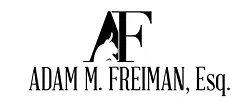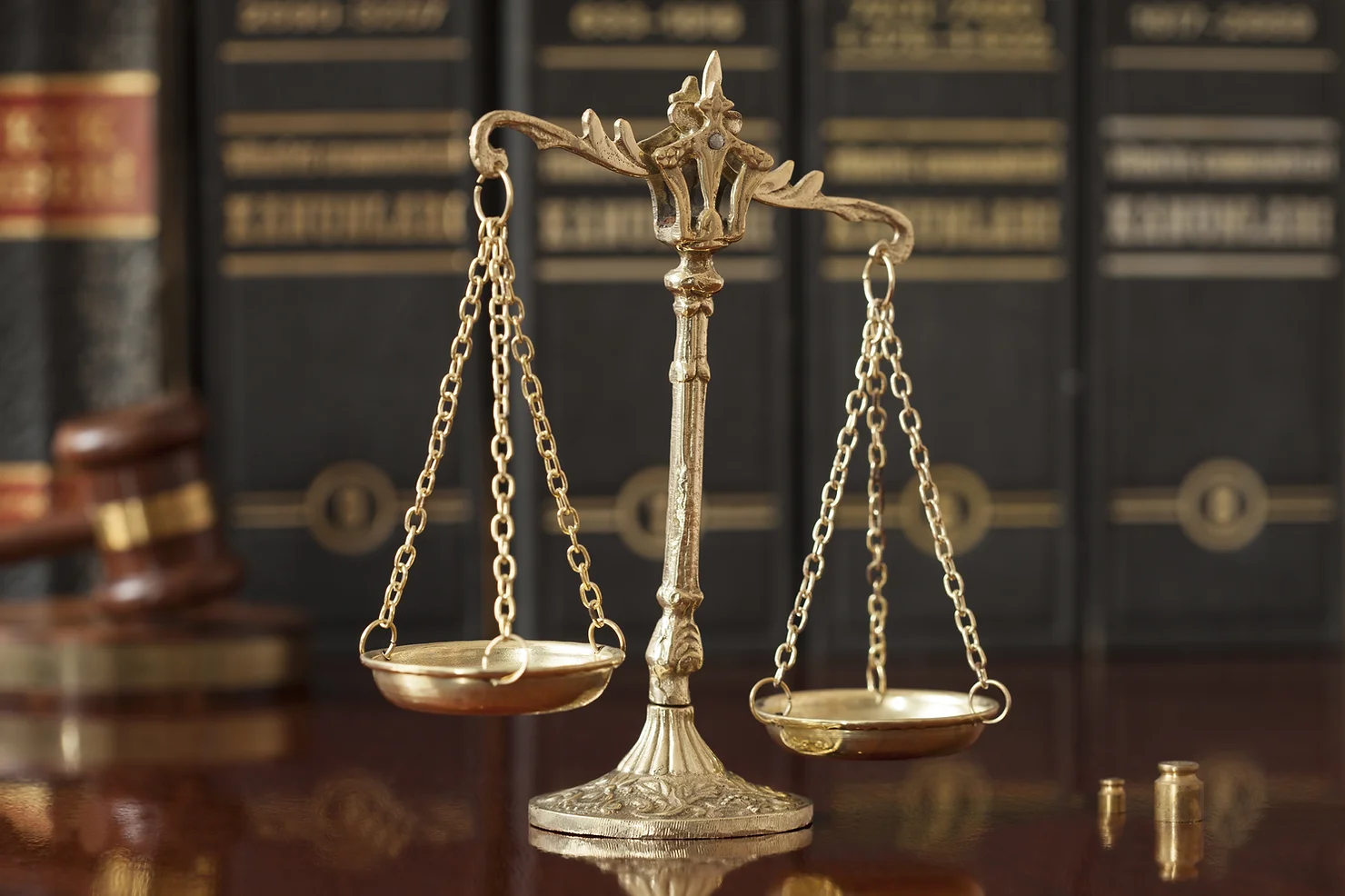Most individuals who file for bankruptcy relief file under one of 2 chapters of the Bankruptcy Code, Chapter 7 or Chapter 13. Although other chapters exist, such as Chapter 11 for business reorganization, and Chapter 12 for family farmers, the vast majority of cases are filed under either chapters 7 or 13. So what is the difference?
Chapter 7 is typically used by individuals who have a large amount of unsecured debt (credit cards, personal loans, medical bills, etc.), very little in the way of assets, and whose earnings fall below a threshold established by the courts known as the “means test”. Most categories of debt are discharged in a Chapter 7, with the notable exceptions being taxes that are less than 3 years old and student loans. The process typically takes about 90 days and requires one court appearance.
Chapter 13 is used by individuals who have assets that they want to protect, earn more than the maximum allowable limits for Chapter 7, have debt that cannot be discharged in Chapter 7, or a combination of all 3. Chapter 13 takes between 3-5 years, and can require multiple court appearances.
Even those who qualify for Chapter 7 may wish to avail themselves of Chapter 13 to discharge debt that may not be dischargeable in Chapter 7. By creating a payment plan which is facilitated by the bankruptcy courts, people are able to come out from under the grip of mounting tax debt, rid themselves of unsecured debt, pay off pesky traffic fines and the like, and emerge debt free.
To determine which Chapter fits you best, consult with someone who has handled thousands of cases throughout a 25 year career practicing bankruptcy law. Contact Freiman Law, P.C. and Adam M. Freiman, Esquire today to set up a free consultation to discuss your options.







